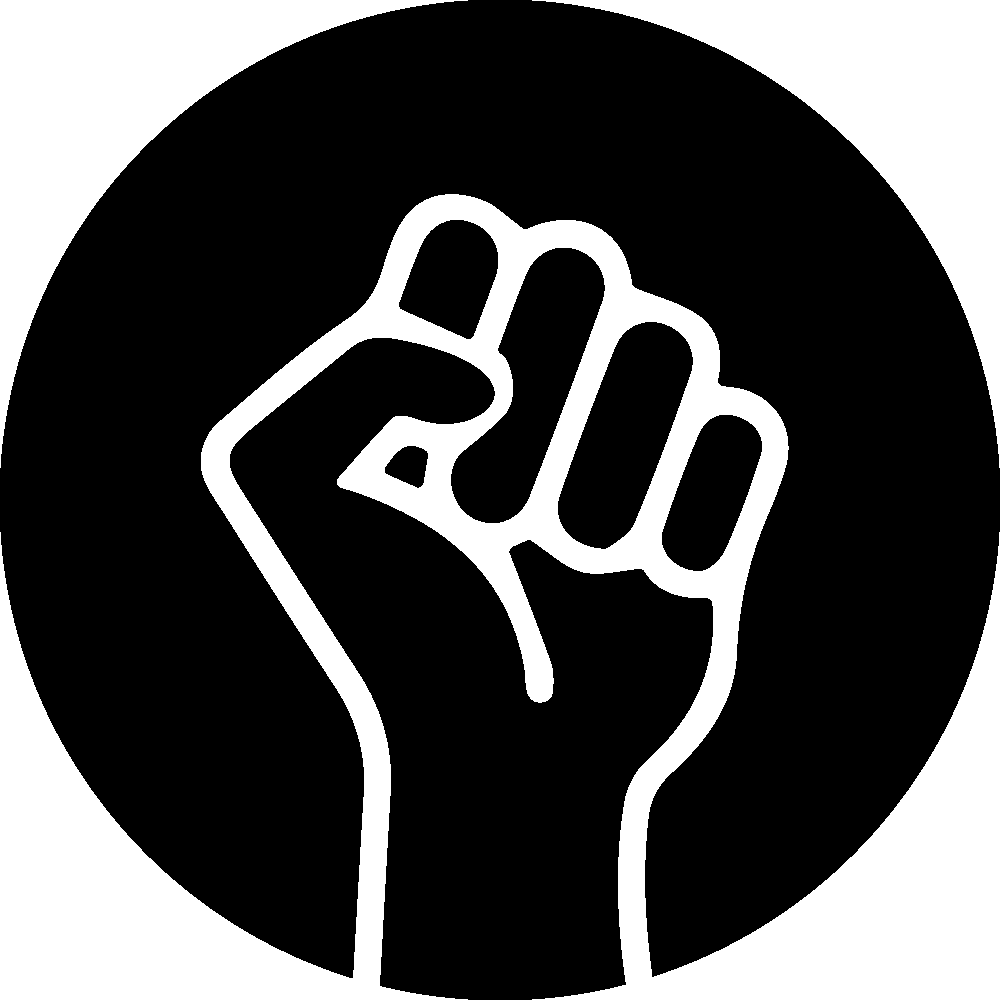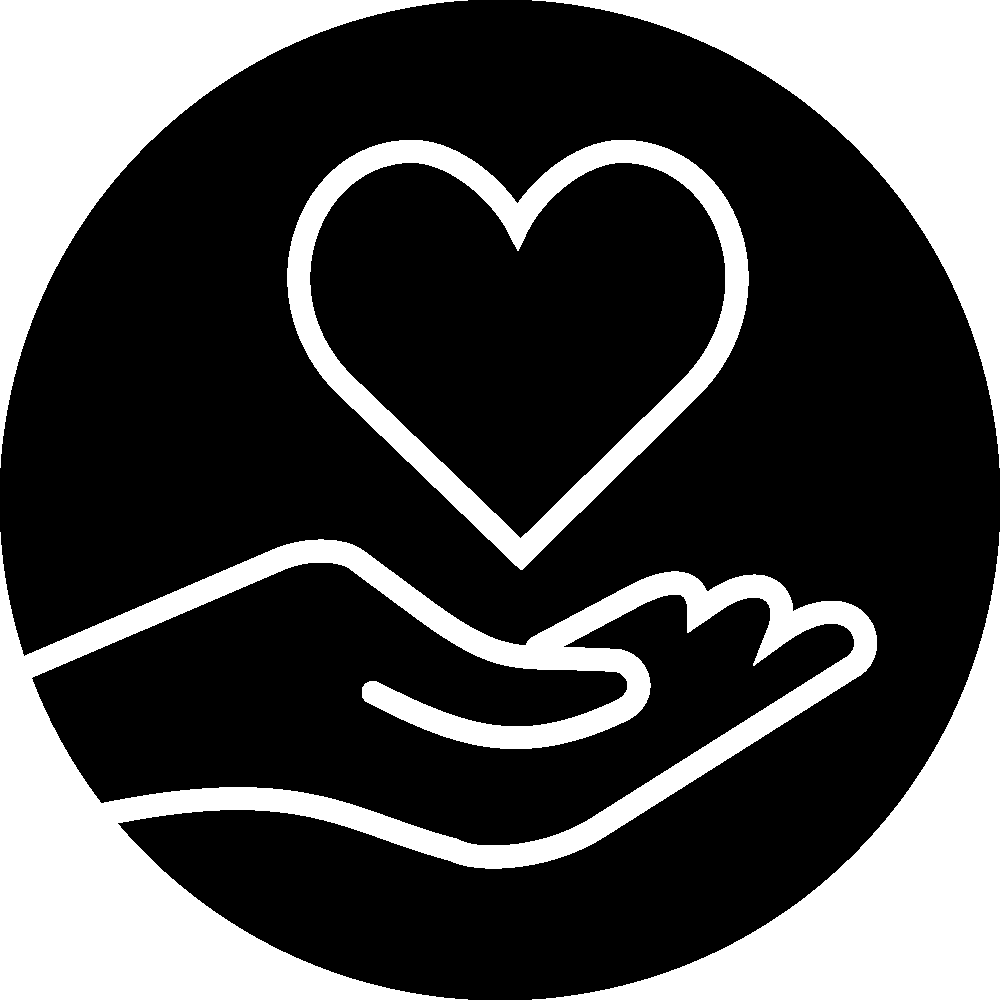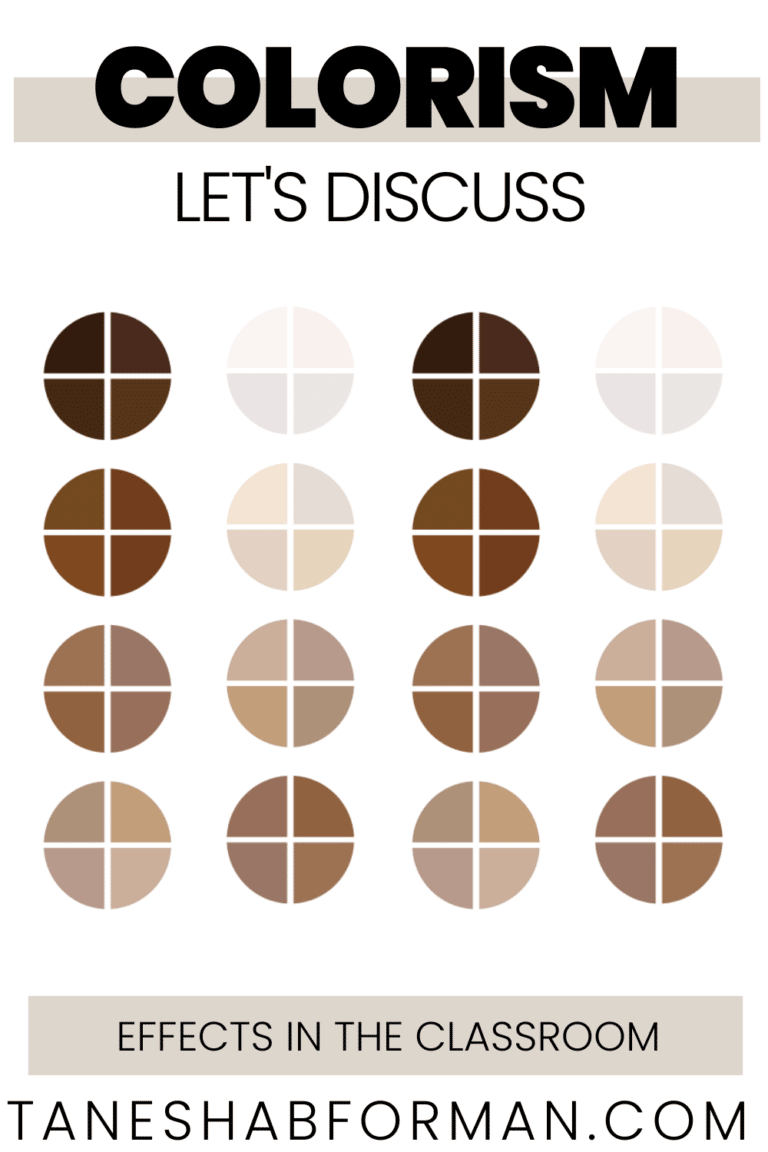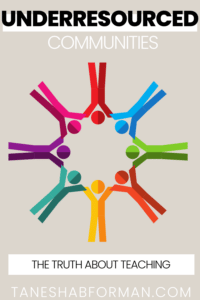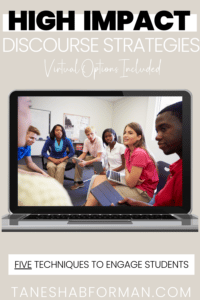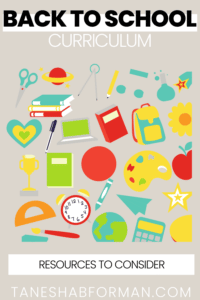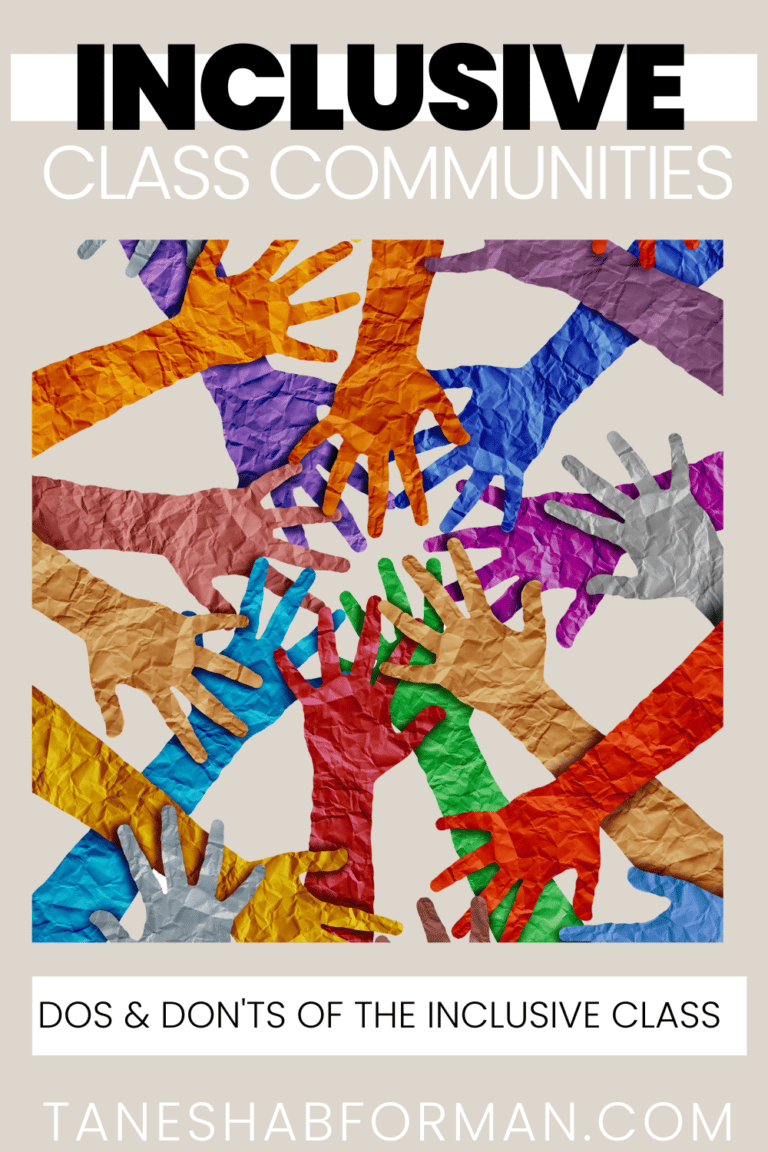

Five Alternatives for Suspension
My team is working on this list to improve our school community. We’ve read the books and know the statistics and solutions take time and work. These ideas work with suspension, meaning a student is suspended and engages in them.
community contract
A shared agreement between the student, their family, and the school includes guidelines and expectations for working together to support the students’ goals. It’s a commitment or recommitment to the community rooted in shared accountability. See examples here and here.
There are three critical points to the community contract at my school:
- Student identification of a champion. The student names someone they can call upon for support and de-escalation as needed. This person will also check-in and check out with the student at the start and end of their day.
- Bite-sized goals. We conduct a comprehensive review of the student’s experience at our school during the meeting to identify where we can gather quick wins. We can co-create goals by looking at their grades, times of day when they feel most successful, and relationships with peers and staff.
- What happens when. For clarity, the team ends with an understanding of the next steps if the commitment is not upheld.
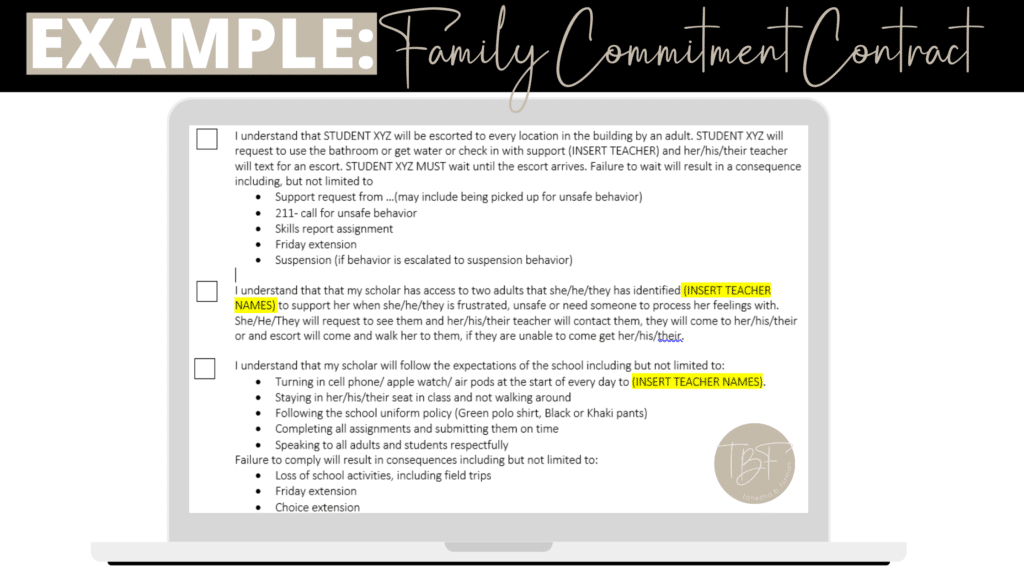
Conflict Resolution
Bringing students together with someone who has experience with facilitating conversations to understand feelings, listen to their peer(s), and determine the path forward. These conversations can be facilitated by a staff member or one of their peers.
When there’s tension in the room, be mindful of who leads the mediation. Students must believe it is a neutral party whose interest is tethered to resolving the issue. Below is simply a list of dos and don’ts:
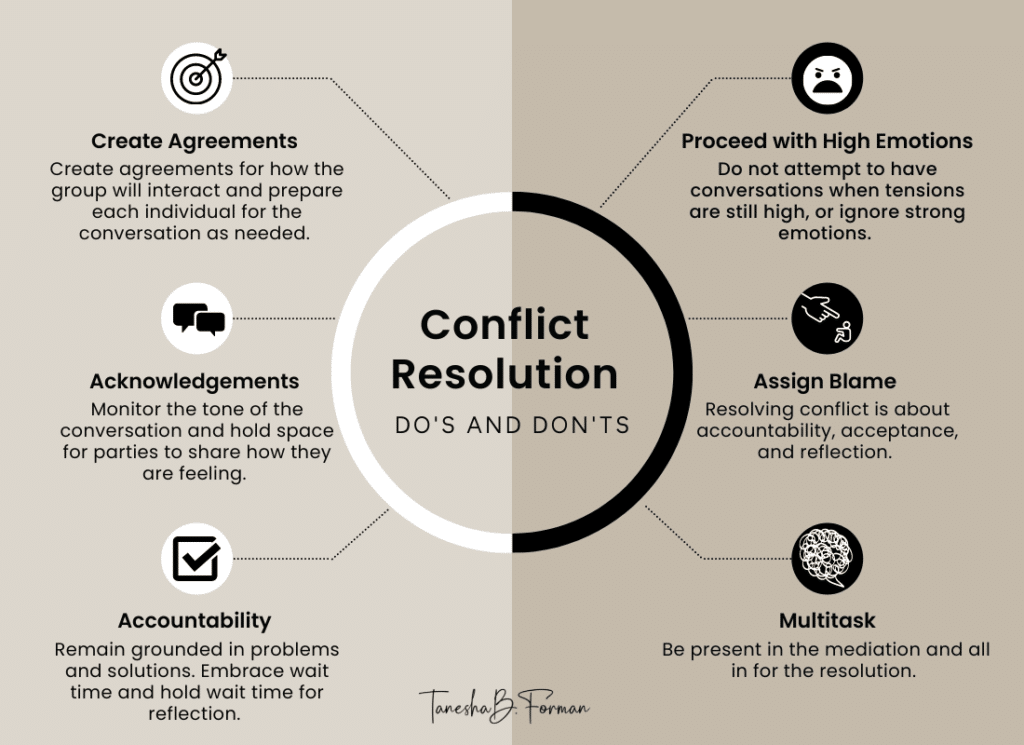
Skill building
Assign students an activity/project or lead an interactive lesson that centers on awareness, reflection, and practice. This isn’t busywork, but rather a supportive guide for students to learn about and practice social skills. Choose skills that align with student needs and are selected with students and their families.
- Improve problem-solving skills
- Strengthen reflection on current relationships
- Gain skills to think critically and consider points of view
- Determine triggers
- Manage emotions, behaviors, and thoughts
- Reflect on choices and consequences
- Practice communication skills and name boundaries
community service
Working with students and their families to outline how they can work individually or with a group to perform tasks to strengthen and support the community. Service to the community should always maintain the dignity of the student and serve to bring the student into the community. As a consequence for student choices, it should repair relationships and create a path for restoring the harm caused to the community.
differentiated schedule
Extended time away from school is one of the problems with out-of-school suspension. A differentiated schedule where students can participate in parts of the school day, sometimes with a family member depending on the reason they were suspended from class is another option.


PIN FOR LATER!
JOIN THE COLLECTIVE
Sign up and access the FREE resources to support your Anti-Bias/Anti-Racism journey.

Tanesha B. Forman
I'm a current middle school administrator who loves breaking down complex topics and providing opportunities for educators learn, reflect, practice, and implement methods that foster equity and anti-racism. I believe we win together!
Behind the Blog


Hi, I'm Tanesha.
I’m a current middle school administrator who loves breaking down complex topics and providing opportunities for educators learn, reflect, practice, and implement methods that foster equity and anti-racism. I believe we win together!

